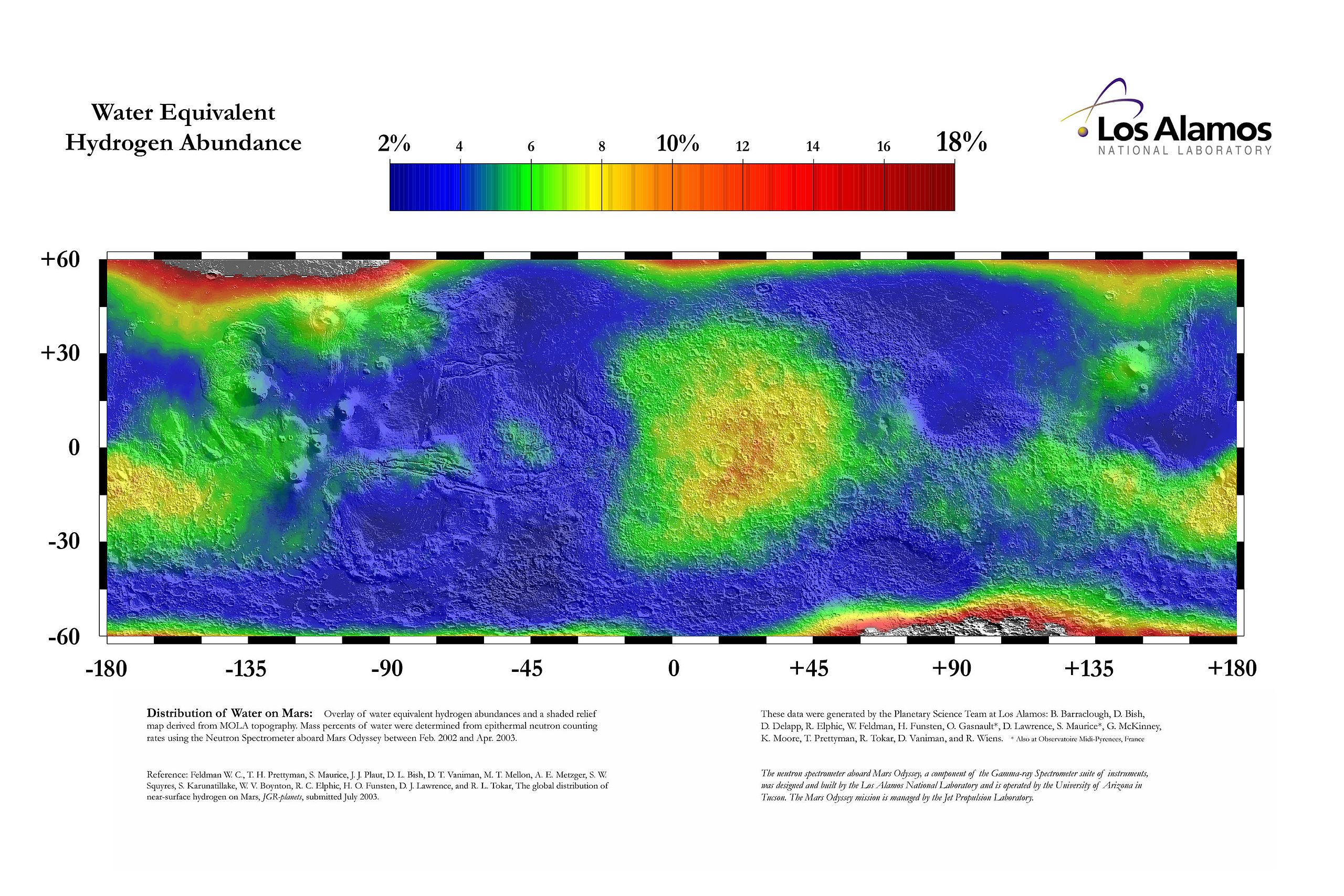“The mid-latitudes offer the perfect compromise – they get enough sunlight for power, but they’re still cold enough to preserve ice near the surface,” Luzzi said. “That makes them ideal for future landing sites.”
Water and electricity are the basis for a lot of processes such as electrolysis to produce oxygen, and growing plants for food. It is required that when people land on mars, they need to have access to water and electricity.
Water is unevenly distributed across mars, with these two maps providing insight:


The first image displays the hydrogen content of mars rock (regolith); many studies such as this one discuss the technical feasibility of extracting water from that kind of regolith (with positive outcome).
The second map displays the depth that water ice is hypothesized to be buried on Mars, revealing that many areas on mars actually contain water ice close below the surface. This belief is further reinforced by findings such as this one:

This is what phoenix rover dug up in 2008. It displays water ice exposed through a shovel slowly evaporating over a course of 4 days.
They did set up in the mid-latitudes in Red Mars



